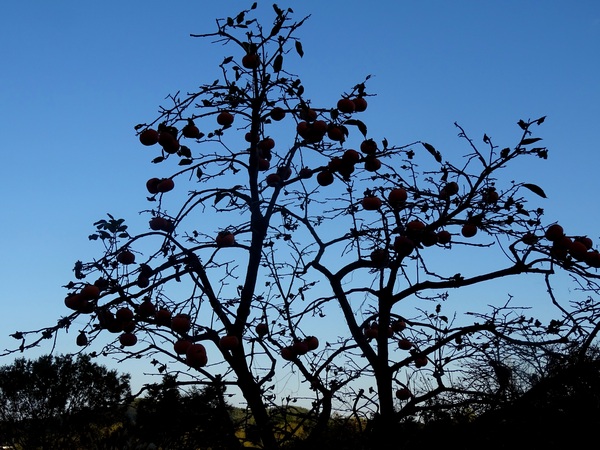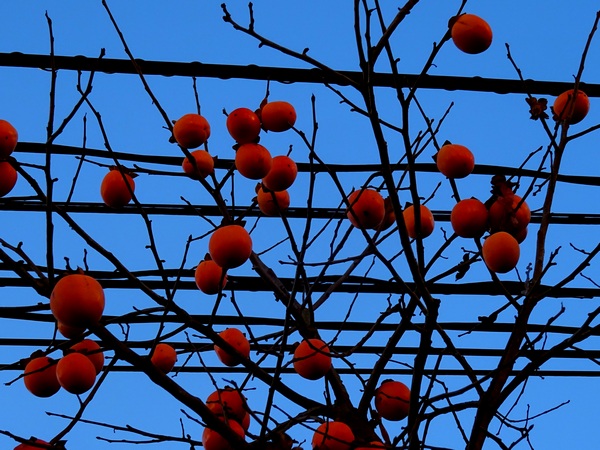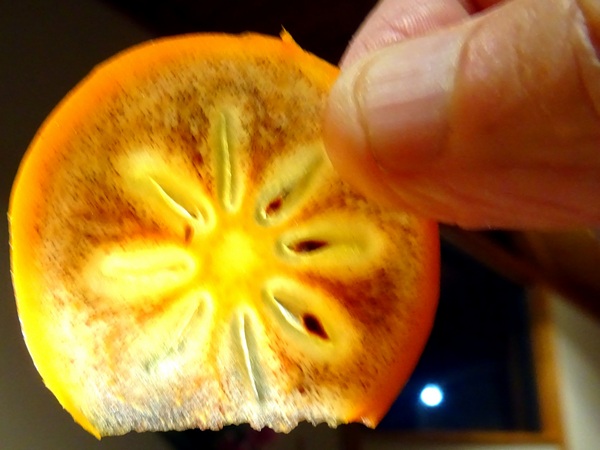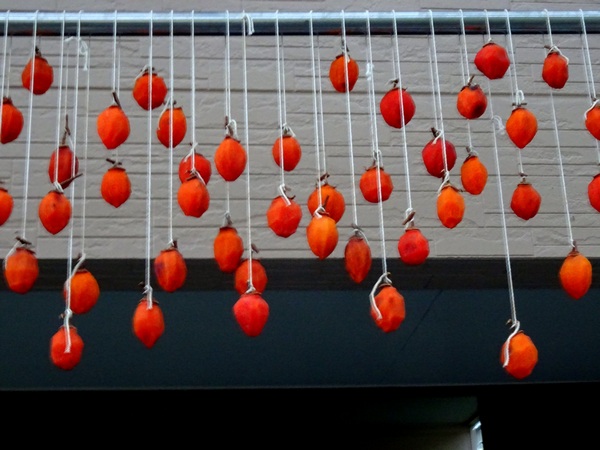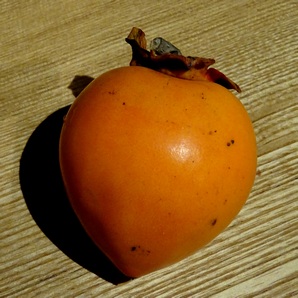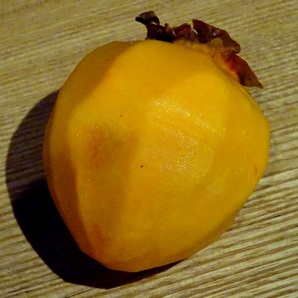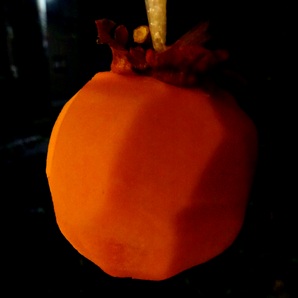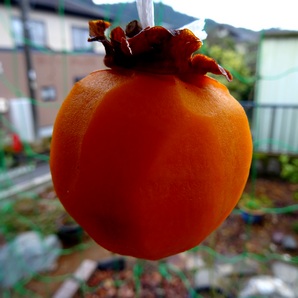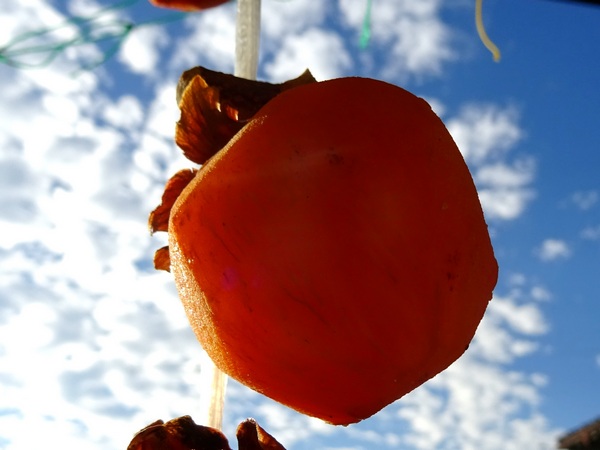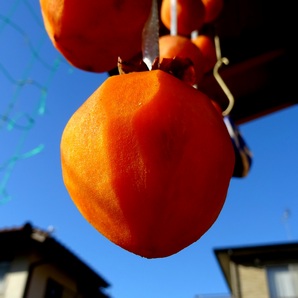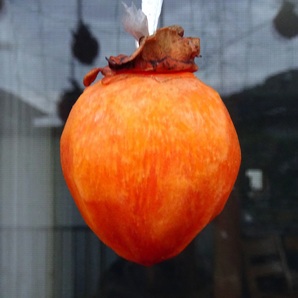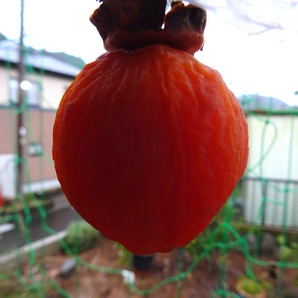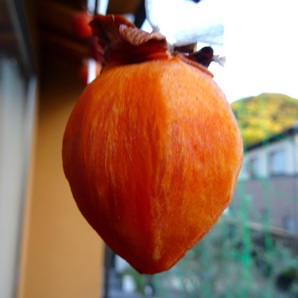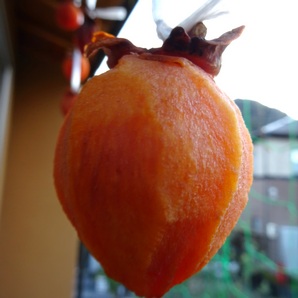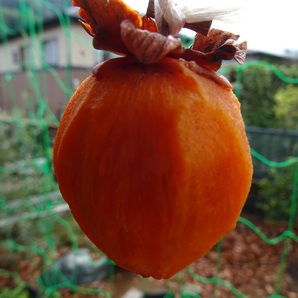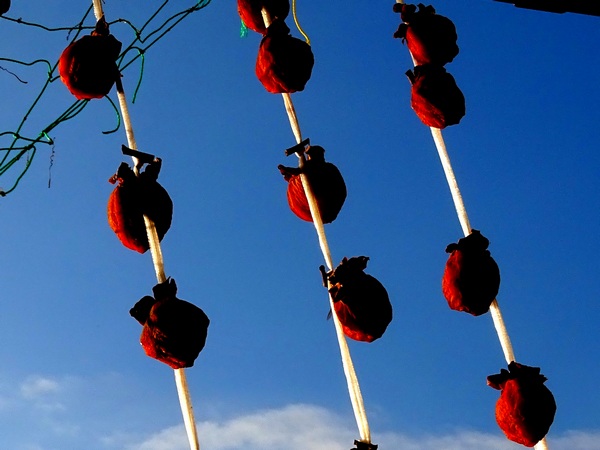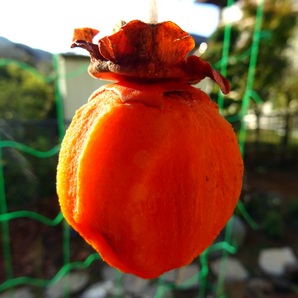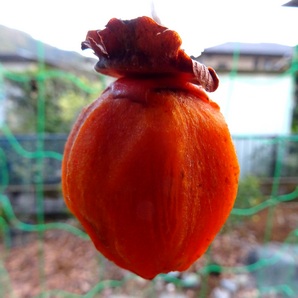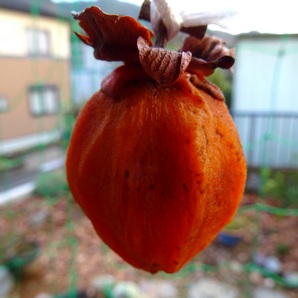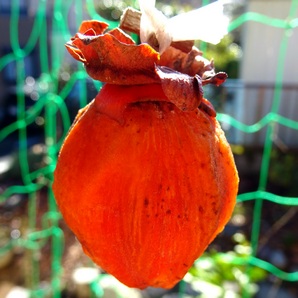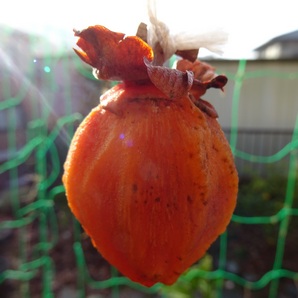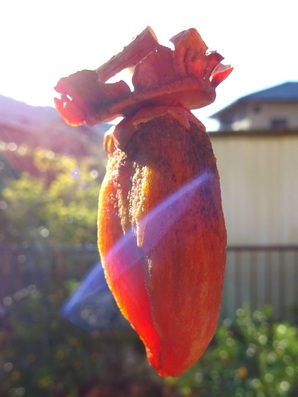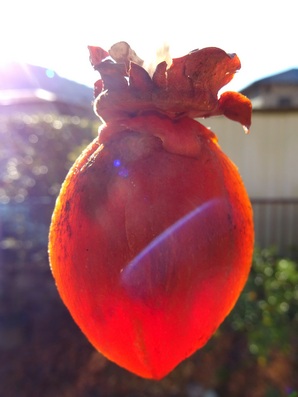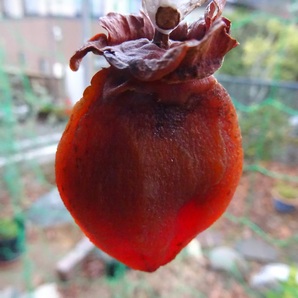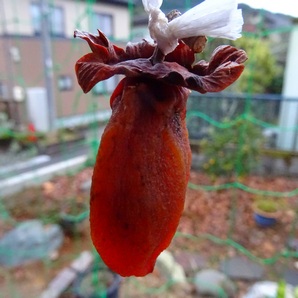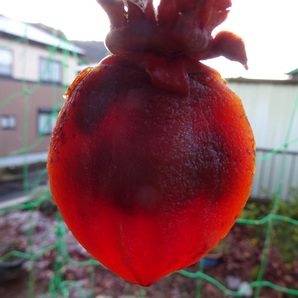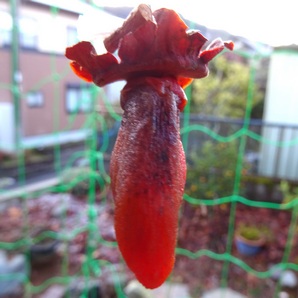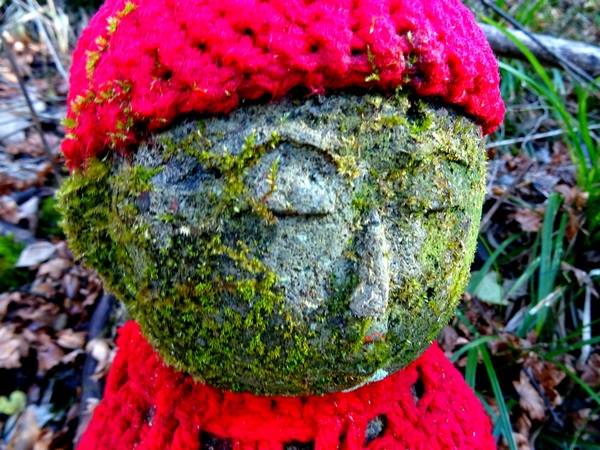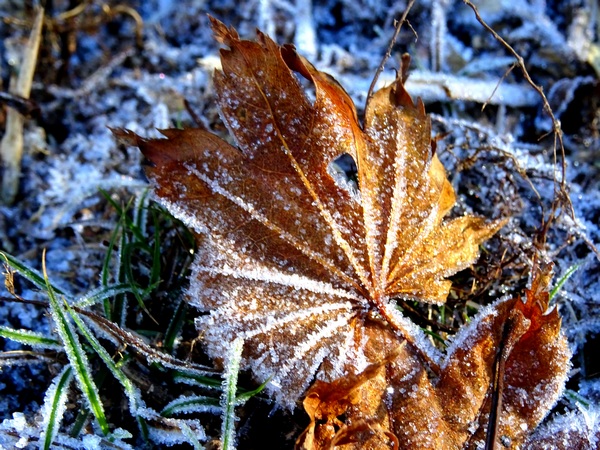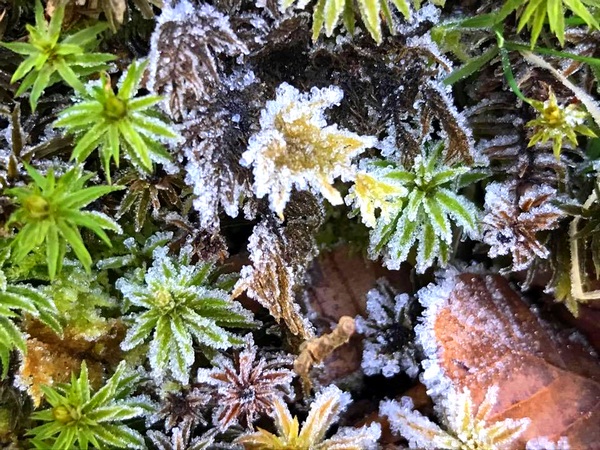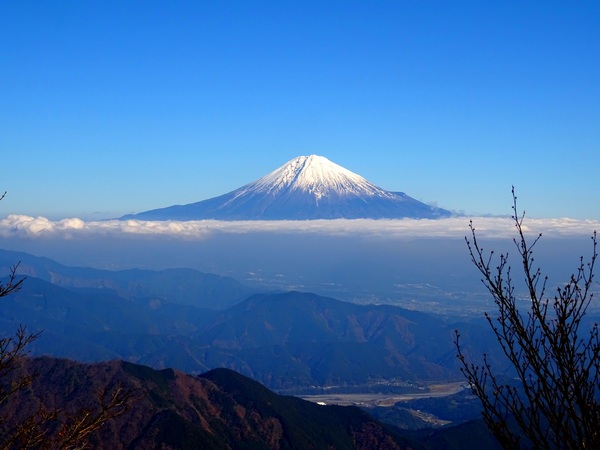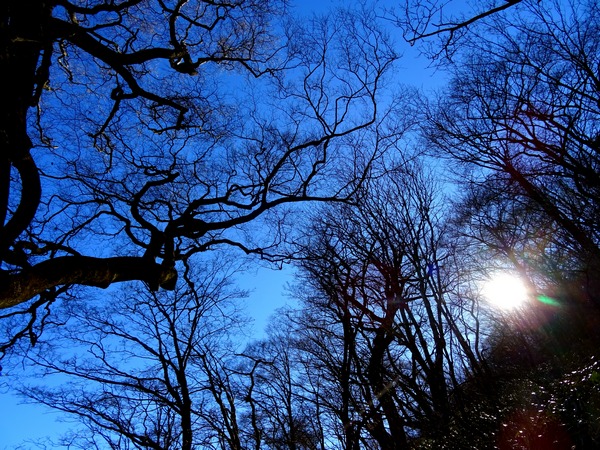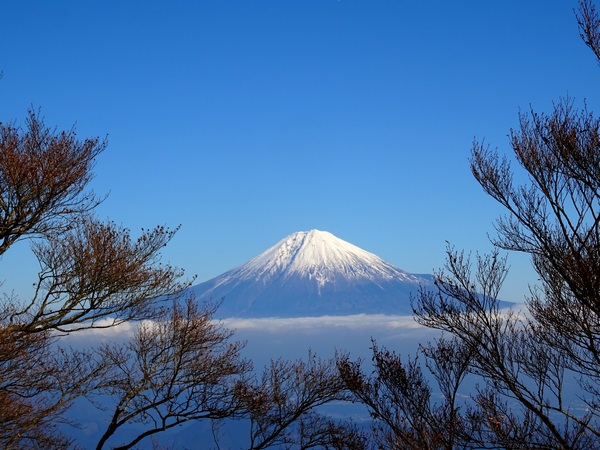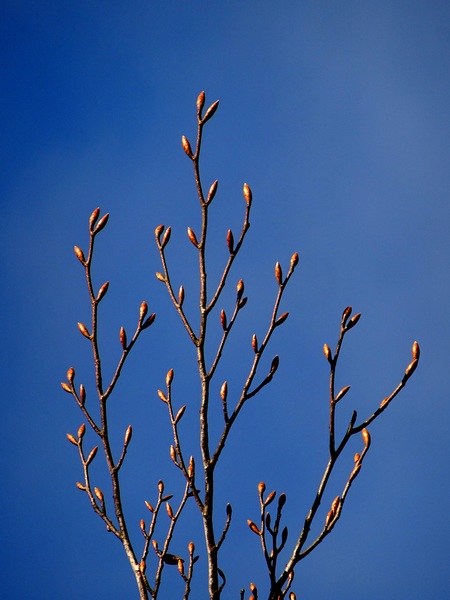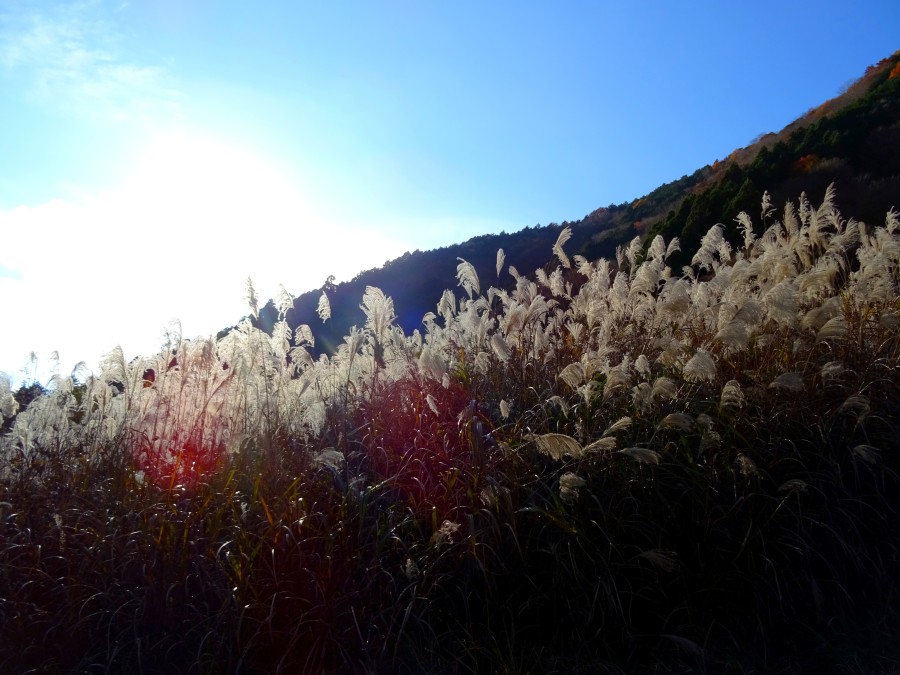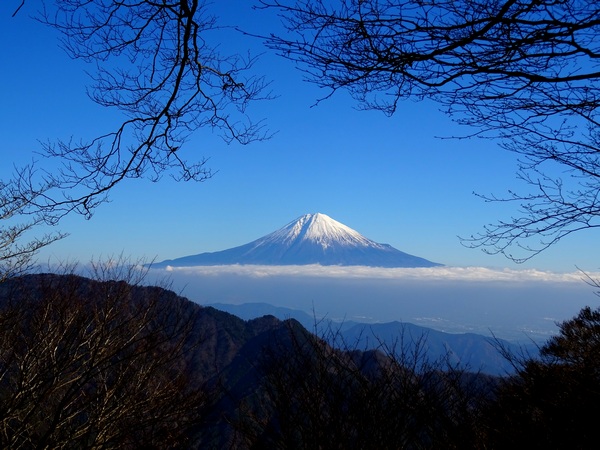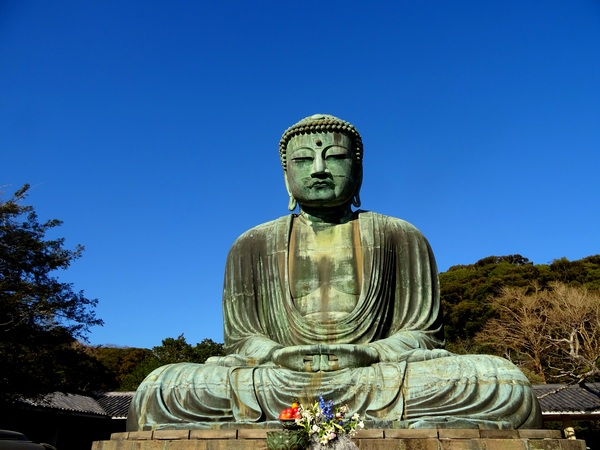
The Hearty Hikers have had a great year with lots of great hikes. As 2016 was coming to an end, we decided to take an “easier” walk, a two-day sightseeing tour of Kamakura. Actually, “sightseeing” is not the best word for what we were up to. Our trip to Kamakura was a chance to relax and reflect—to consider how all our time this year in nature had affected us. If you’ve read The Tao of Pooh, you can just imagine that we were up to the same thing that Pooh was up to about every day: effortless action. (This involves listening to your “inner nature.”)
Kamakura, of course, was the capital of Japan from the end of the 12th Century and into the 14th, an important period for the development of Buddhism—and temples from that period still dot the area, nestling up against mountains, or spreading up mountainsides.
Thus, our two-day trip was a somewhat spiritual opportunity.
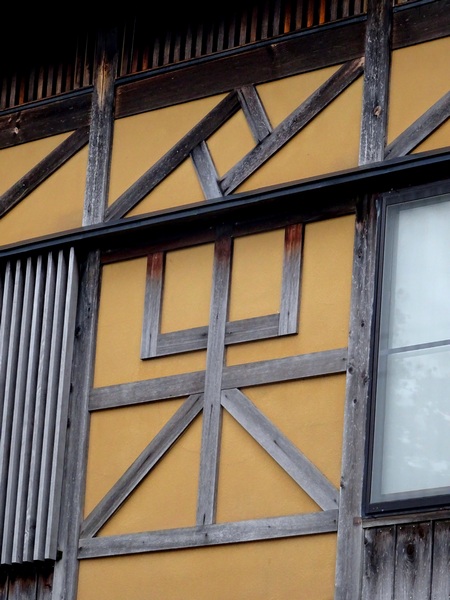
We ended up walking about eight hours each day, so it wasn’t so “easy,” but it was more relaxed and slow paced than usual, and as soon as we got off the train at Kita Kamakura Station (about two hours from Shizuoka and about 6 km from the town of Kamakura), our eyes were open to everything.
The side of a house.
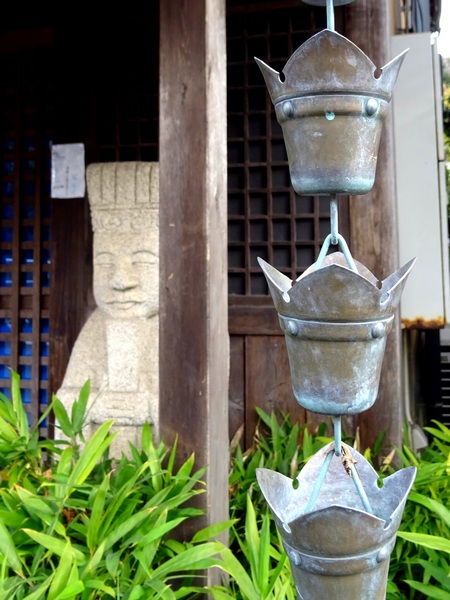
A rain spout.
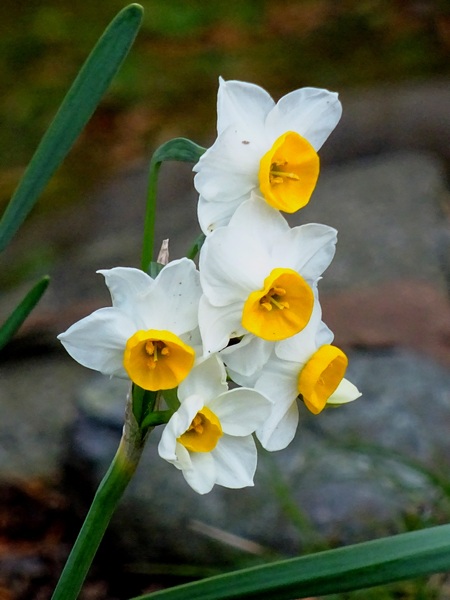
Daffodils.
I think it was a day or two before the trip that I read a New York Times article, actually a conversation between a columnist and his perhaps pastor, the gist of which was, the columnist esteemed Jesus greatly, but had trouble accepting some aspects of Christian thought, specifically the virgin birth and the resurrection. Unwilling to accept the truth of those two things, he wondered, could he still be considered a Christian? His pastor’s answer was pretty clear: No, he could not. Other pastors may have answered differently, or given a more nuanced answer.
But what struck me was how the columnist (and he may have played this up a bit), still wished, despite his serious problems with the basic beliefs of Christianity, that he could be a Christian. This seems strange to me. There are probably lots of “religious” groups with views on existence more closely aligned with what he feels true in his heart. Why insist on being a Christian? Is it just a tribal instinct to belong? Is it what makes a square peg think it can fit snugly in a round hole? If you’re comfortable with your faith, then that’s fine, but if you’re uncomfortable?
But if he is sincerely scared of doctrine and specific beliefs that are (no matter from what religion) a bit hard for his rational mind to accept, well, he may have enjoyed Christmas Day with us. All we did was reflect and breathe and walk and see and feel the world around as best we could. I should have invited him in a comment.
Anyway, we enjoyed Christmas Day with us.
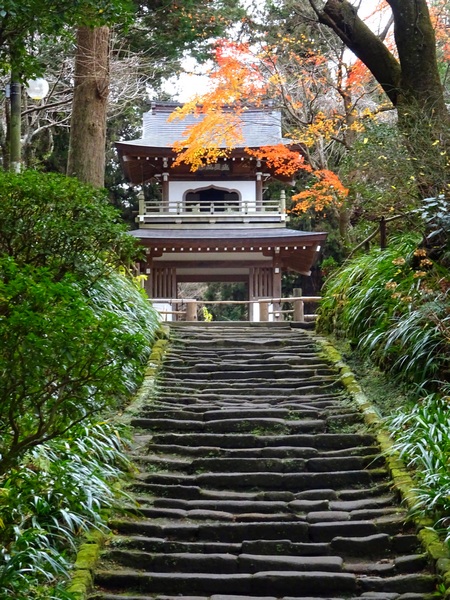
The first stop was Jochi-ji.
Basically, from what I’ve seen over the years, a Buddhist temple is a few buildings, often quite simple, surrounded by a lot of nature. More or less, Buddhism is (he says) nature—or an awareness of all nature is.
At Jochi-ji, the three statues of Buddha, past, present, future, are the most valuable assets, but another statue intrigued me more. What would you think if you came across the below sign?
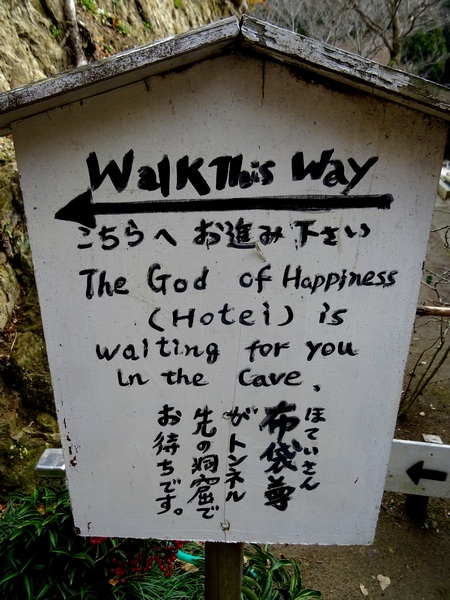
- Let’s go!
- Ha, ha, ha.
- Wait, it could be dangerous!
- Thank goodness history fell out the way it did and we’ve got a sign in English!
- Hey! they’ve got Aerosmith!
We went with #1, and this is the fellow we met. Hotei is his name.
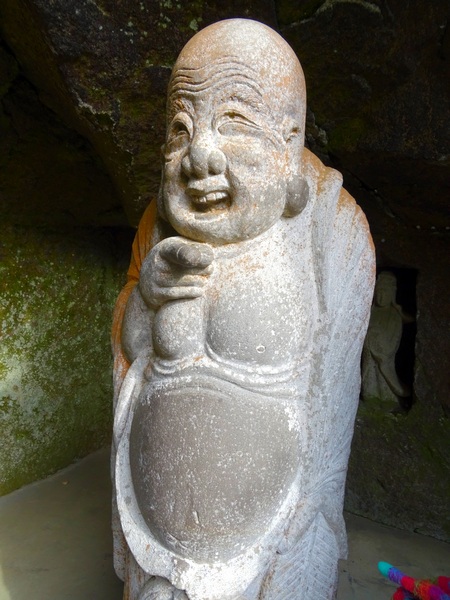
The sign said the God of Happiness, but to be honest, I don’t know what the word “God” means in Buddhism. I don’t think there are gods (he says), only folks who are completely enlightened (Buddha) and those who are well on the way to enlightenment but still wanting to stick around and see how they can help out (bodhisattva). The guy above is obviously still hanging around, and he seems, jolly as he is, able to help you be content even if you’re poor. (Benjamin Franklin had something to say about that, too.) Some people believe you can rub his belly for good luck, but I think it is more likely that an awareness of an idea that he brings to mind can lead to contentment.
Awareness. I think that basically (he says) that’s what Buddhism is all about.
We Hearty Hikers are keen on awareness.
After Jochi-ji, we headed up the hill into the woods and hit the ridge we’d follow over to the main town of Kamakura.
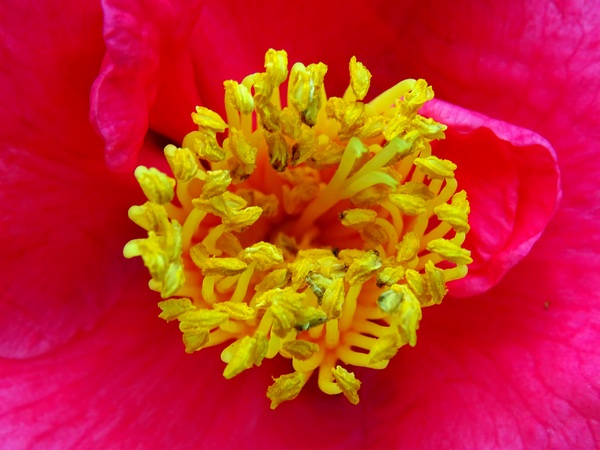
Yep, camellias were everywhere.
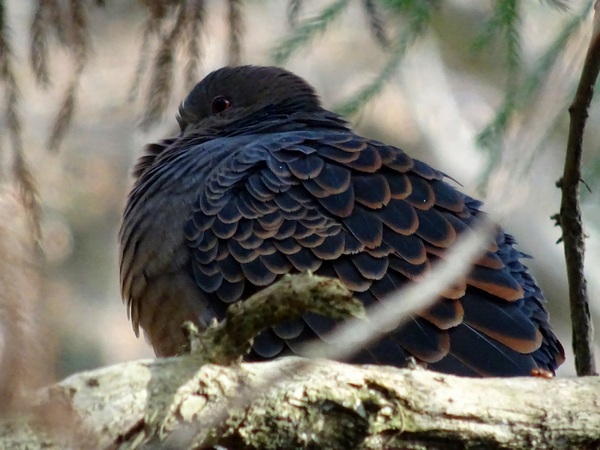
And we were having such a nice walk that it never occurred to me that I might be cold—but this guy sure seemed to be.
Before descending down into the town, we came to a restaurant—yes, a restaurant, up there on the mountain, you can only walk up, and we enjoyed a hedonistic hour—clam chowder and sausages.
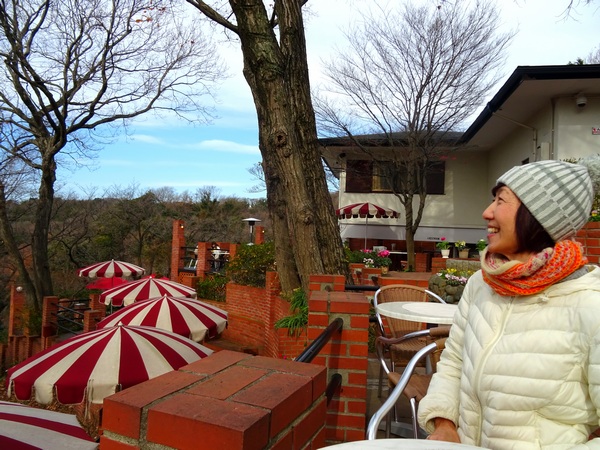
A cute purple flower sat across from us. A light eater, apparently. (That’s a joke.)
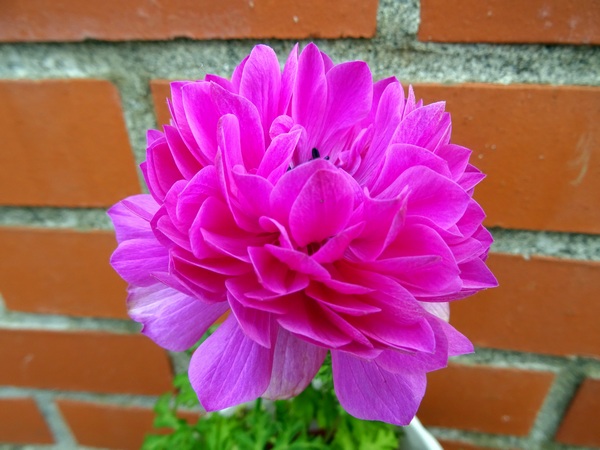
And then we descended into town and made our way to Kotoku-in . . .
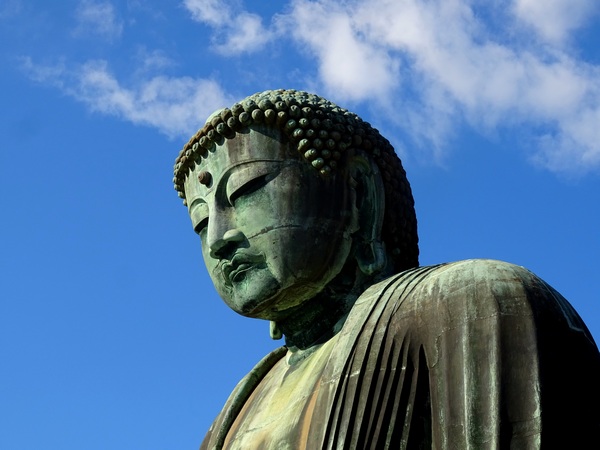
. . . the home of the Big Buddha.
Construction on the Big Buddha began in 1252 and was completed in about ten years. He? is 13.4 meters tall and weighs 121 tons, all bronze. He lived in houses for a good many years, but strong winds (kamikaze?????) blew them down. From the 15th Century, he’s been out in the elements.
But that’s good. He seems to have nothing to hide.
But who is he? What is he?
The universe. Awareness. An enlightened educator of non-dualism.
That’s it. And you got it right here, on this blog, knowledge acquired after a long day (single day that it was) of contemplation. Any Buddhist priests out there, please correct me if I’m wrong.
Knowledge? Contemplation? Oh, dear.
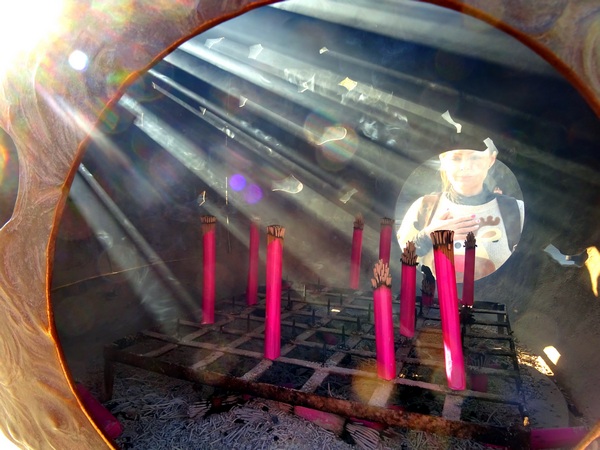
In front of the statue is a prayer pot, a round ball, that you can place incense inside of. I don’t know about anyone else, but in a temple like this, with that big guy right there in front of me, it didn’t seem right to pray for something. It only seemed right to try to feel as calm and aware and compassionate as the Buddha himself. That is, as calm and aware and compassionate as I thought the Buddha was.
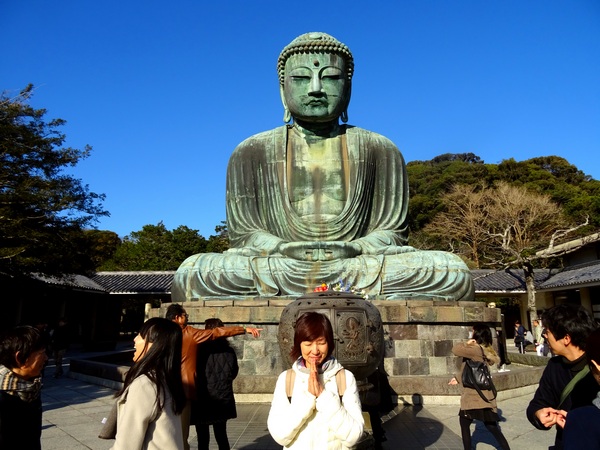
A Hearty Hiker! Feeling more content already!
But I’d like to hear everyone’s opinion. What do you see in this face?
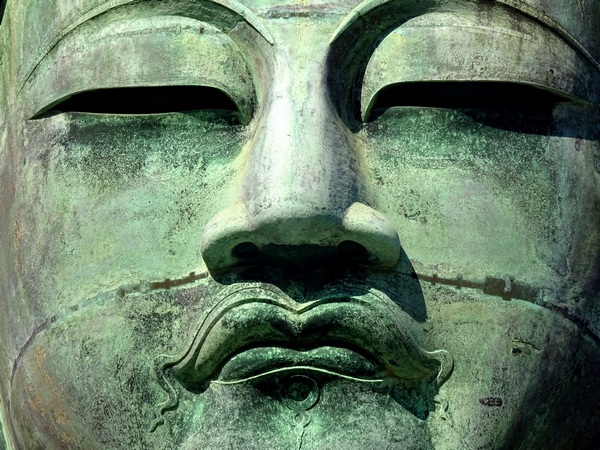
- Calm
- Love
- Awareness
- Compassion
- False Prophet
- Evil
- A bore
- Something else
You can step into the Big Buddha for a mere 20 yen (18 cents, US). Well worth it.
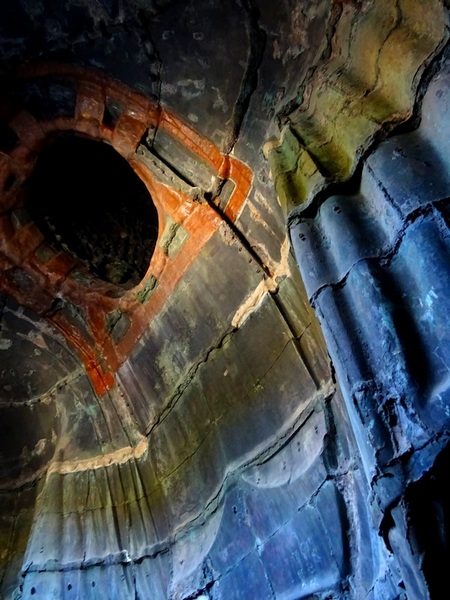
The hole is his neck. And you can see that putting him together was quite the task in the 13th Century.
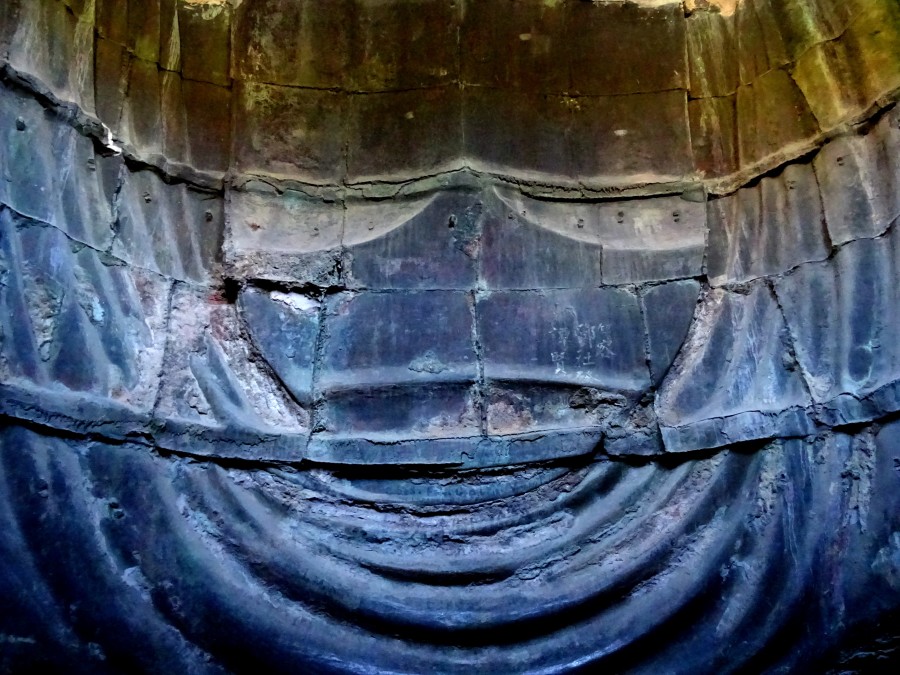
Two windows in the back, necessary for construction way back when, “enlighten” the inside of the Buddha.
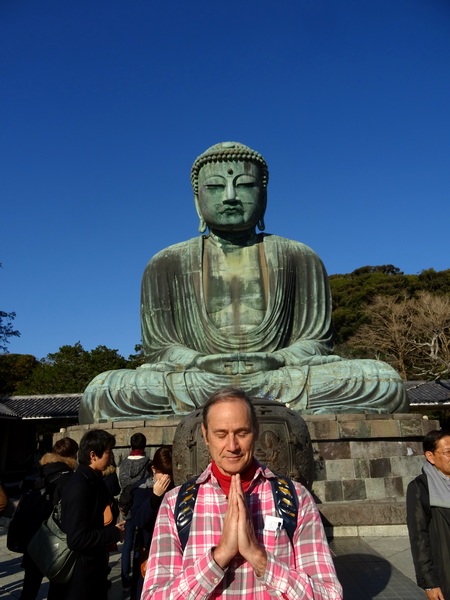
I pledge to you on my Hearty Hiker’s heart that this is a sincerely peaceful moment.
And then we walked through town, toward the ocean, and made our way to the day’s third temple, Hasedera.
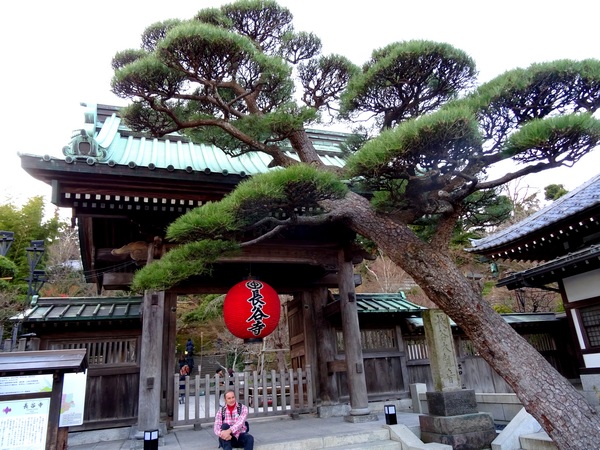
If you’ve seen some of our hiking pictures, you might know that up on the trails we sometimes come across little Jizo statues. Often they’re wearing red bibs, as they keep an eye on children, especially. 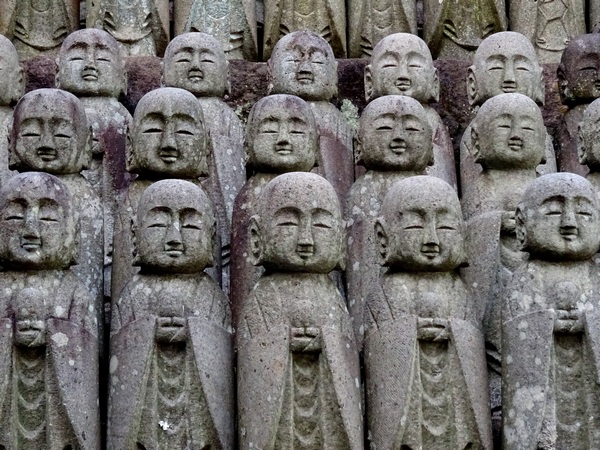 At Hasedera, there were thousands (literally) of Jizo. I think, technically, they may rank as bodhisattva.
At Hasedera, there were thousands (literally) of Jizo. I think, technically, they may rank as bodhisattva.
The pride of the temple, though is the eleven-headed Hase Kannon statue, about 9 meters tall.
No pictures allowed. No pictures taken. So no pictures here. Kannon (literally “see” and “sound”) is often translated into English as “the Goddess of Mercy” but is strictly, as I’ve suggested, neither masculine or feminine. She? is destined for enlightenment, but has promised to stick around a while longer to offer compassion, mercy, and love to all.
Good for her.
Kannon and others, often have lots of heads and arms. That’s because it is a wide, wide world with lots of stuff going on, some of it not so nice. Extraordinary awareness is necessary to take it all in.
Lesson to be learned: Do your best.
Housed in the building next to the Hase Kannon is the Buddha.
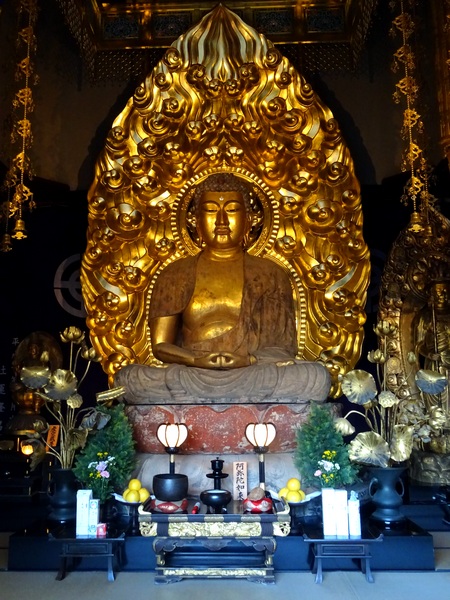
The gardens are lovely.
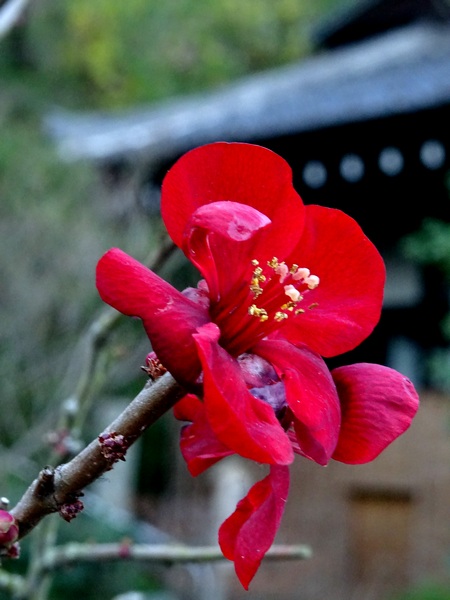
Nature, nature, nature.
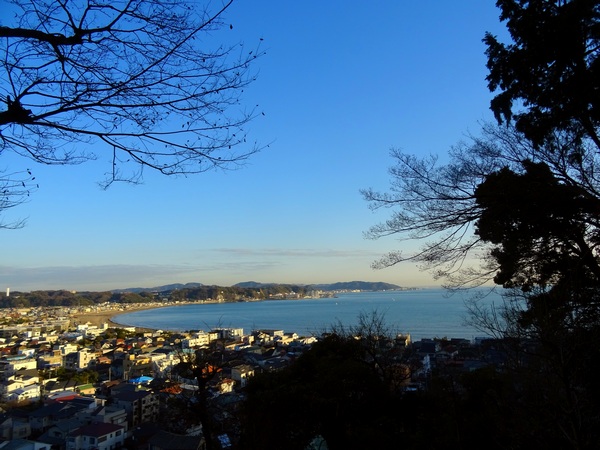
There’s a walk through a stretch of hydrangeas (nope, neither blooming nor greening in December) that leads up to a view of the bay.

Should you stumble and fall? Don’t worry? Someone will see you. Someone will lend you a hand.
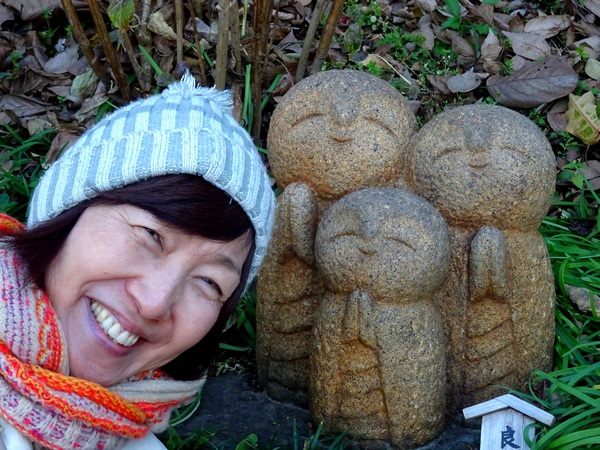
A lovely, lovely Jizo family!!!
And then off to Hase train station . . .
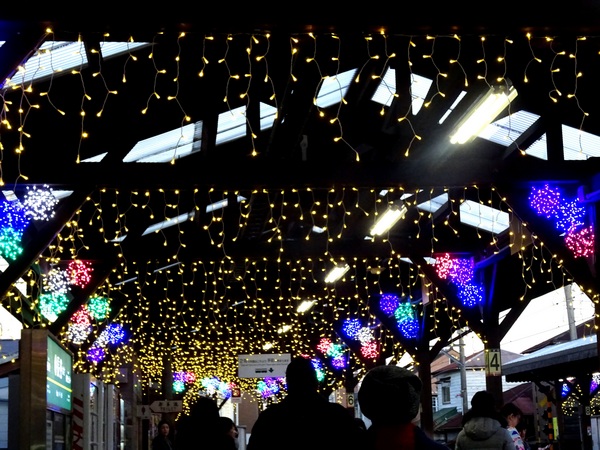
. . . where it is still Christmas.
See you guys later.
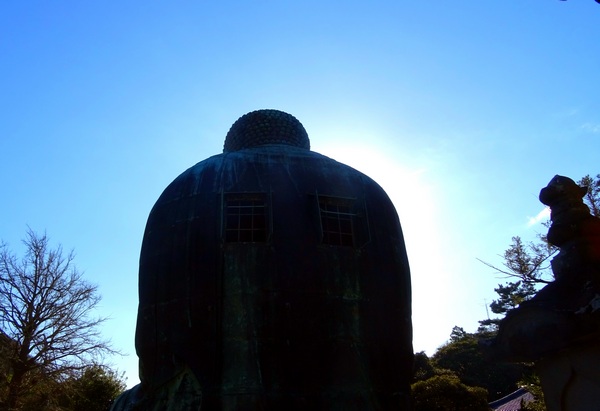
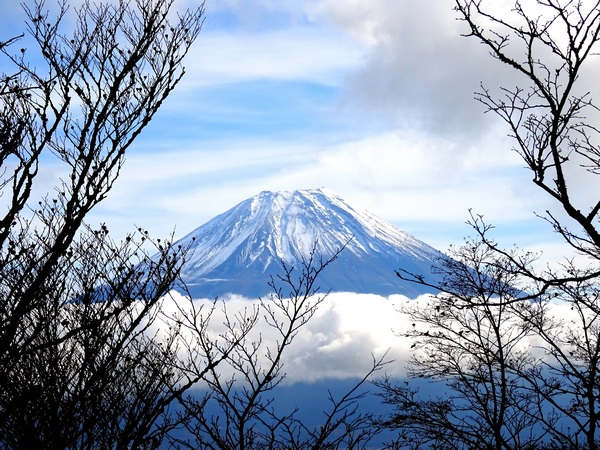
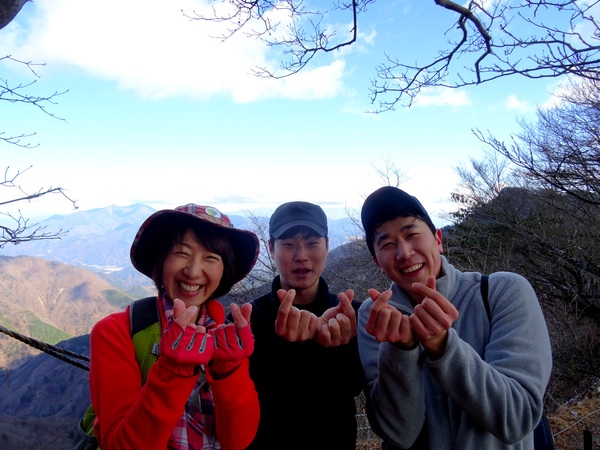
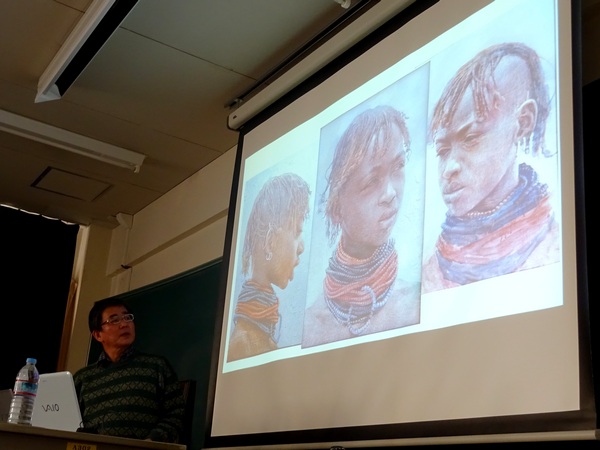

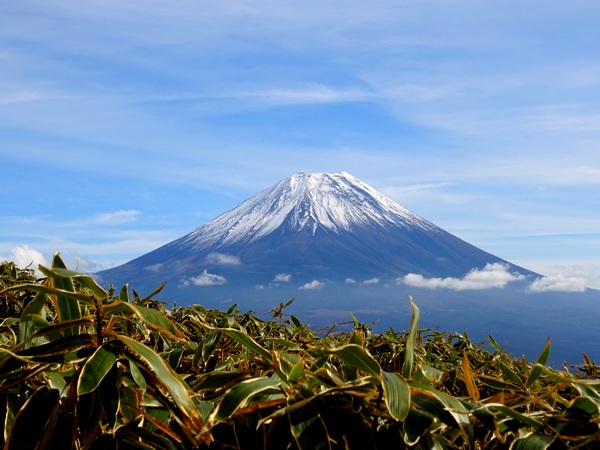
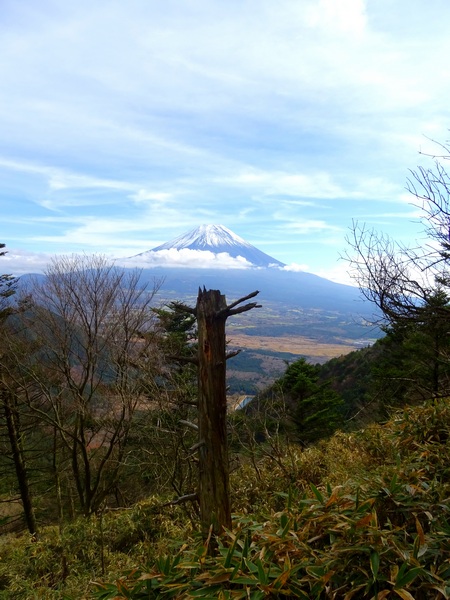
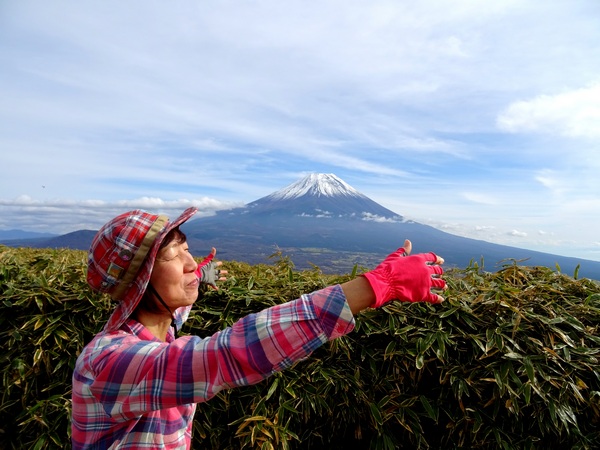
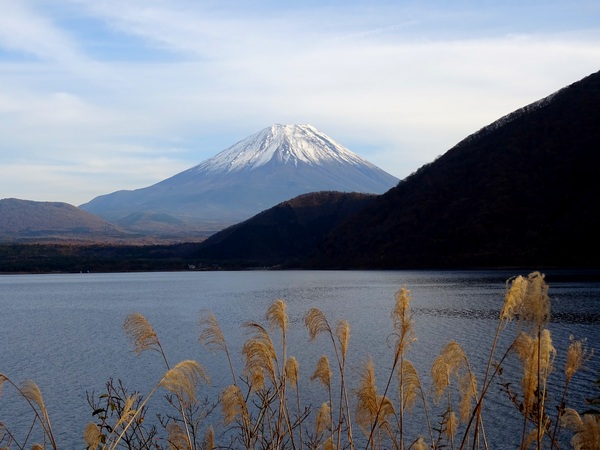
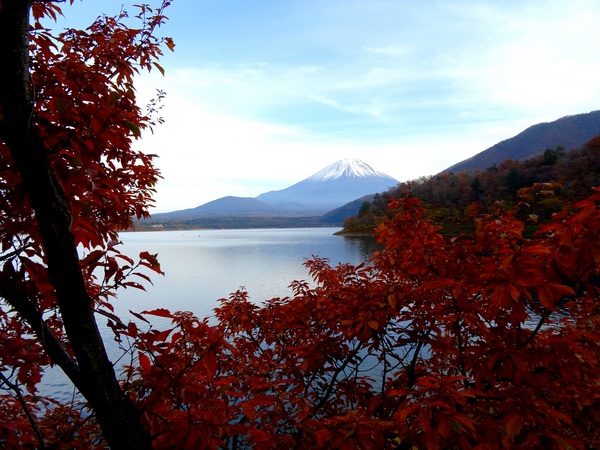
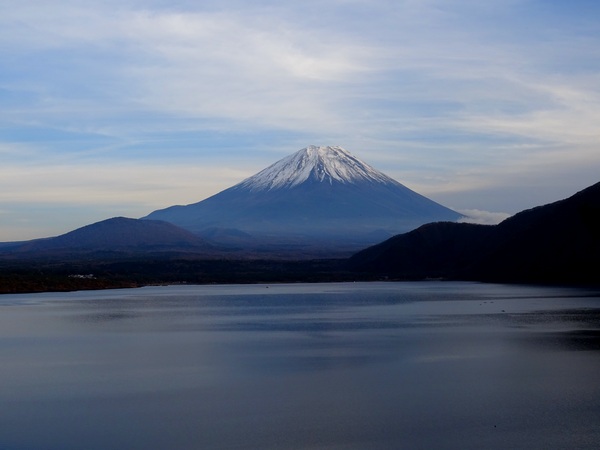
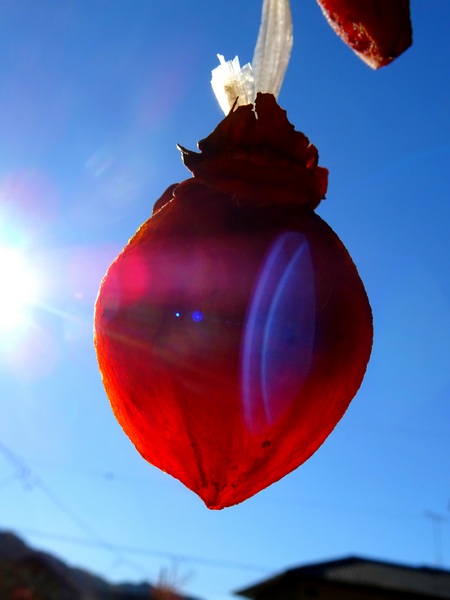 The love was coming through the blue.
The love was coming through the blue.